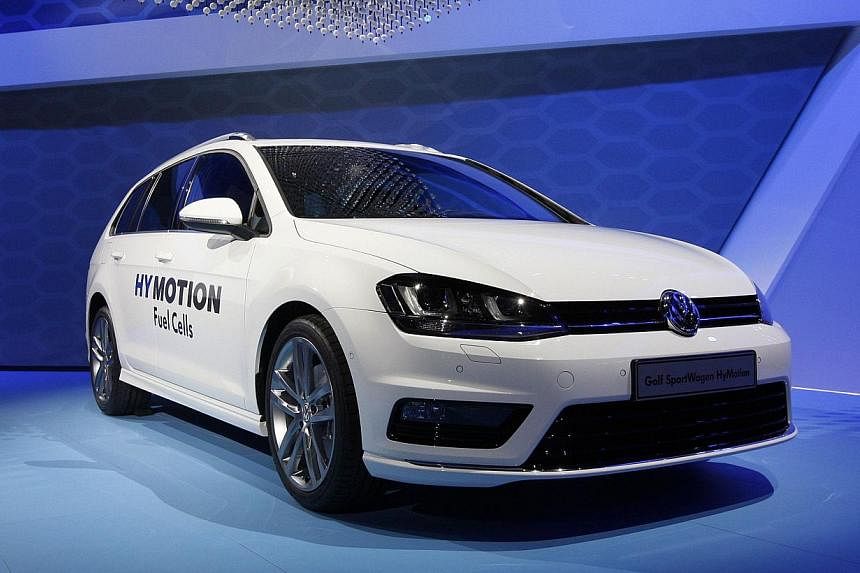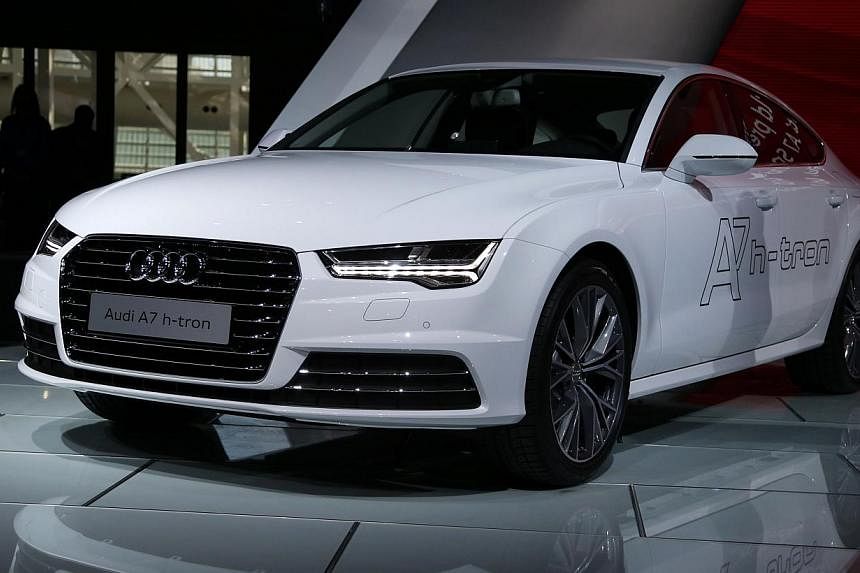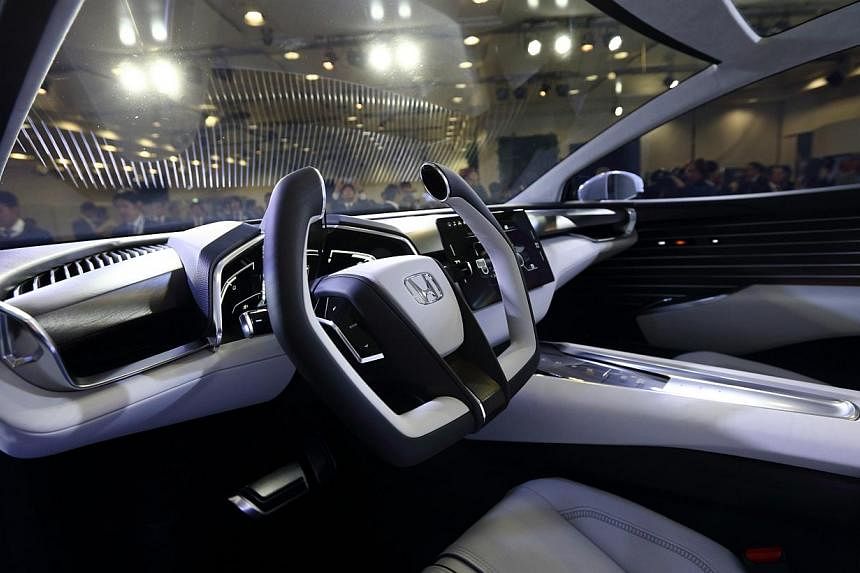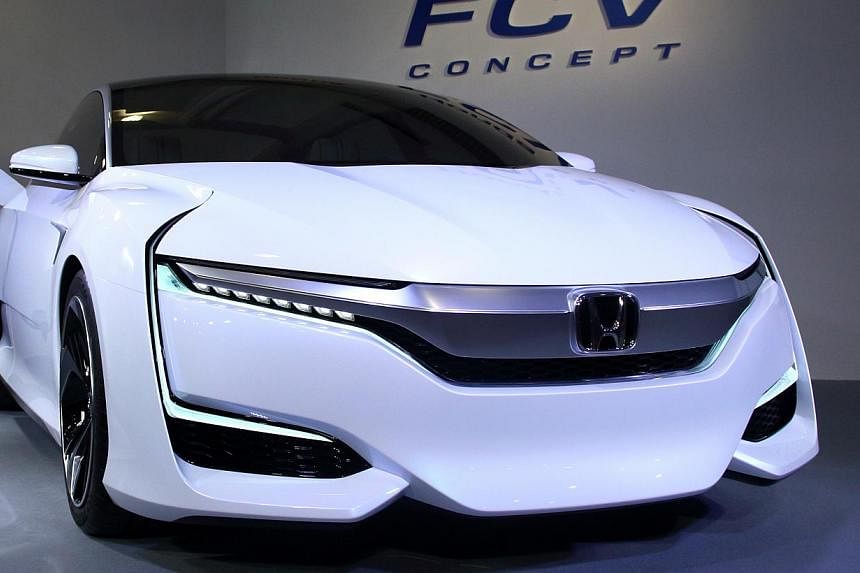A fuel cell car is essentially an electric car. But instead of a battery pack that is recharged via an external power source, the fuel cell car makes its own electricity.
It does this by chemically mixing hydrogen (which it carries in a tank) and oxygen from the air.
To the end-user, the clearest advantage the fuel cell car has over conventional electric cars is its short refuelling process. Filling up a tank with compressed hydrogen is almost as quick as filling up a petrol tank.
The fastest quick-charging system juices up a battery-powered car in 15 minutes.
In most cases, however, battery- powered car owners can simply plug in each time they arrive at the workplace, or go back home. So, they effectively do not waste any time waiting for their cars to be refuelled.
Environmentally, it is still unclear whether fuel cell cars are superior to other electric cars. It depends on several variables.
The upstream picture is somewhat clearer. Mining of lithium is said to involve methods which are detrimental to the environment. Also, lithium is in limited supply (hence the high cost).
So, until we discover a better alternative to lithium, conventional electric cars are not as green as they seem.
Hydrogen fuel cells, on the other hand, are less hazardous to make, but the transportation and storage of hydrogen can be challenging. The gas is an escape artiste and makes metals brittle over time.
It is also rather flammable. Then again, so is petrol.
One of the most vocal critics of fuel cell cars is - surprise, surprise - Tesla chief executive officer Elon Musk.
He calls them "fool cells", saying that their energy density could never match that of Tesla's lithium-ion batteries. In a recent public speech, he even called fuel cell cars "bullshit".
That, however, has not stopped various car makers. Toyota and Honda are already putting fuel-cell cars on the road. Here are some others in the pipeline:
Audi A7 Sportback h-tron quattro
This premium cruiser uses a powerful electric drive with a fuel cell as its primary energy source, in combination with a hybrid battery and an additional electric motor in the rear. It has 170kW of power at its disposal, making it the most powerful fuel cell car to date.
The car is also a plug-in hybrid concept. It has a lithium-ion battery, which can store energy recovered from brake applications and supply considerable power for full load acceleration.
Volkswagen Golf SportWagen HyMotion
The front-wheel-drive Golf SportWagen HyMotion accelerates to 100kmh in 10 seconds, comparable to conventional electric cars in its size segment.
The hydrogen onboard is stored in four carbon-fibre tanks, which are located in a space-saving way in the underbody. Their fuel capacity enables a driving range of close to 500km, farther than most electric cars.
Hyundai ix35 Fuel Cell
This car is already in showrooms in Britain, although in limited numbers. Next year, it will be in North America, when mass production goes into full swing.
Hyundai claims it has a range of 594km, which, if true, makes it comparable to fossil fuel models.
The Korean company also says it takes only 9.5g of hydrogen to power the mid-sized SUV for 1km.
Converted to petrol, this corresponds to 3.6 litres/100km.
Honda FCV
Like the FCX Clarity, which Honda made available to just a handful of customers in the United States a few years ago, the FCV is powered by hydrogen and emits nothing other than water vapour.
But it is a lot sexier than the FCX Clarity.
Currently, it is the most futuristic-looking fuel cell car design around. Whether it will still be as stunning when it arrives in showrooms in 2016 remains to be seen. Because by then, several other fuel cell models will be ready, including those from Daimler, Nissan, Ford and General Motors.
Christopher Tan




